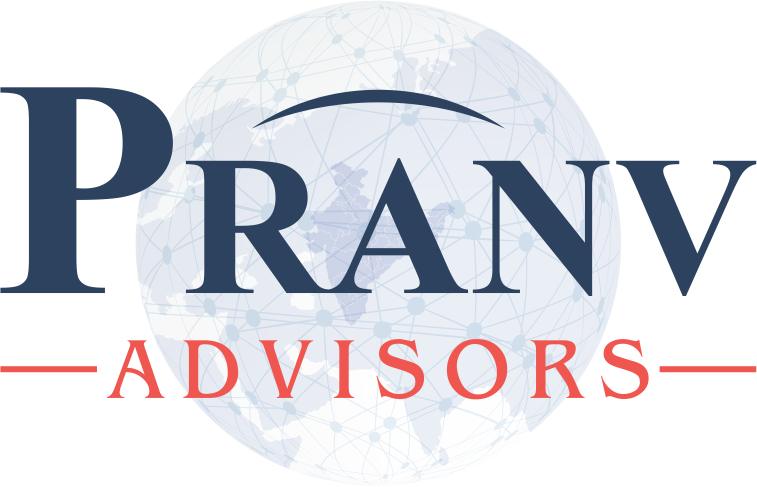Strategic Planning
Develop Clear Strategy
Forecasting and Budgeting
After planning, the next step is to be detailed down the action plan. The plan can be done on a month-to-month basis for a year.
The budget covers revenue, expenses, potential cash flow, including an increase or decrease in debt typically. It becomes the primary document to compare actual performance with the planned one. The budget is compared with the actual results and calculate variances. It, further, helps to take corrective actions if actuals are not going as per plan.
Forecasting is done considering historical data and current market information, and more near to actuals. The budget is adjusted as and when new market information comes in. Close monitoring is required in forecasting and helps to take preventive actions to meet the budget.
According to a study, around 30% of the senior executives and financial managers’ time is absorbed in the budgeting process. PRANV steps in to save time and reduce this to approximately 10-15% by providing you support in the process at the senior level and the lower management level.
Services provided by PRANV include understanding strategic goals, outlining budget guidelines, coordinating with departments, brainstorming on ideas to achieve the target, analysing the budget, and presenting it to the management.
Following are the approaches to prepare the budget.
Top-Down Approach: In this approach, Senior management prepared the budget based on the Company’s objectives. Lower management time is saved, and they have been assigning the responsibility of implementation.
Bottom-up approach: In this approach, the budget starts from the department level and moves up to the higher levels. It might be a lengthy process, but the popular one. Firstly, it will keep the departmental managers motivated, and they also have a buy-in the budget. More accountability and responsibility is on the departmental managers to implement the same. The senior management gives broad guidance to ensure that outcome meets the Company’s objectives.
Key points to be taken care of while planning budget:
- Consider factors affecting budget: key business goals, socio-economic surroundings, and funds availability
- Identify Sales Trends, focus on critical products, customers, and Markets – to align with the strategy of Company
- Factors affecting cost for the business-like Raw material, Manpower, and utilities. In case significant growth is expected to review the fixed costs.
- Factor in capital expenditure to ensure growth and stay ahead of the competition.
- It helps to Built in Budgetary controls to evaluate the performance.
Steps to be followed while preparing the budget
- The budget should be aligned with strategic goals.
- Identifying budget contributors with Clear process and workflow
- Improving accessibility and coordination to combine different parts of the budget.
- Driver based planning, i.e., quantifiable and controllable parameters.
- Keep support with explanations.
- Keep margin for contingencies, i.e., +10% on the Revenue side and -10% on the cost side and plan accordingly.
- Rolling forecasts – close monitoring
MIS Development
Information is not worth and remains data if it doesn’t serve the purpose. As the name suggests, the management information system is to build up a system to flow information to be helpful for the management.
MIS can be made at different levels of management. It needs to be configured to meet the purpose of the management for which the information is prepared. Be it at Top-level management to have strategic decisions, middle-level management to control the leadership team or operational management to control the process. The need for business information is different at different levels.
MIS is the tool to review business performance, identify areas of improvement in different sections.
We at PRANV helps you to design the MIS to make the information more meaningful and serve a purpose at each management level. Correct information from the sources helps to take the right decision and achieve organisational goals.
